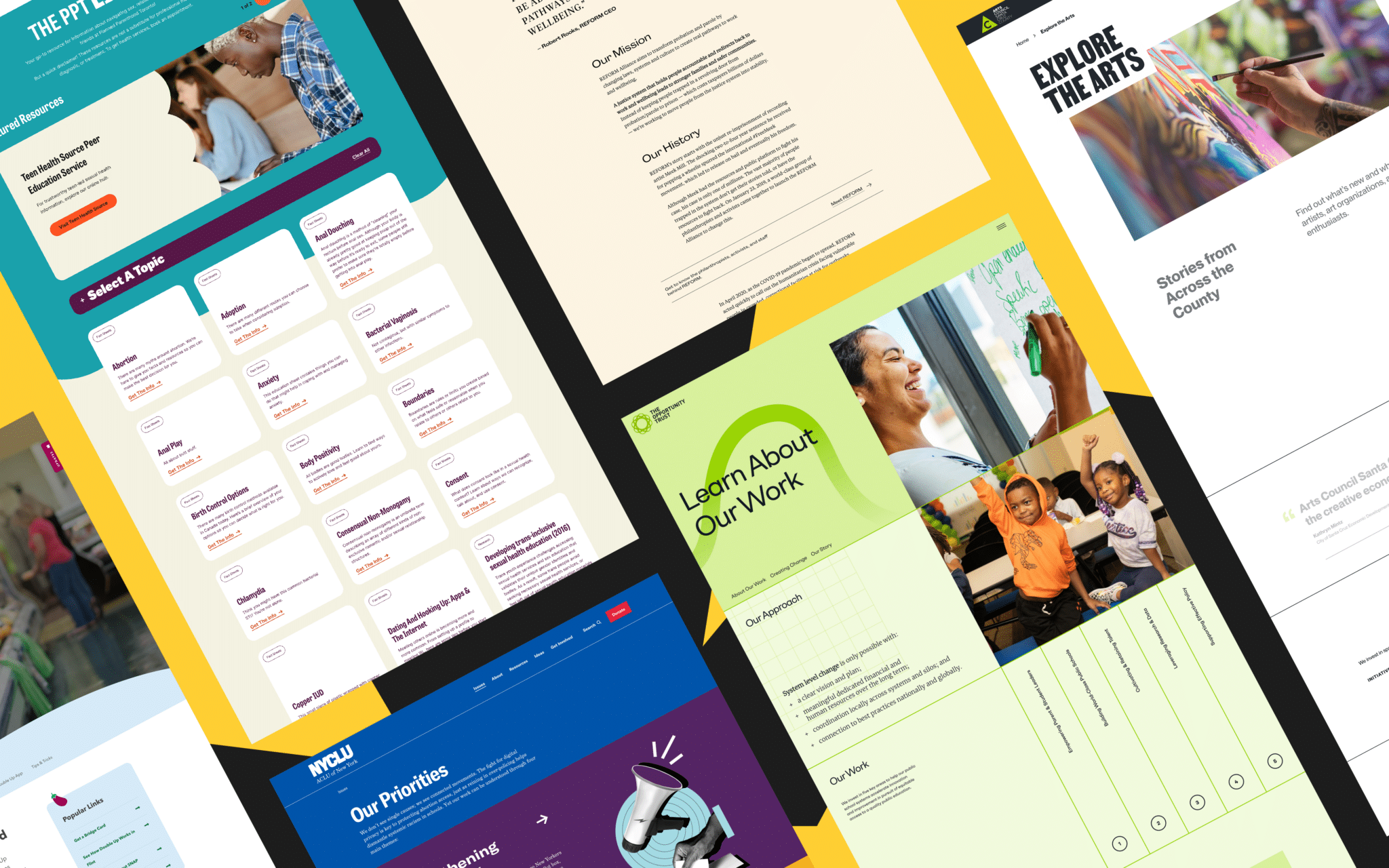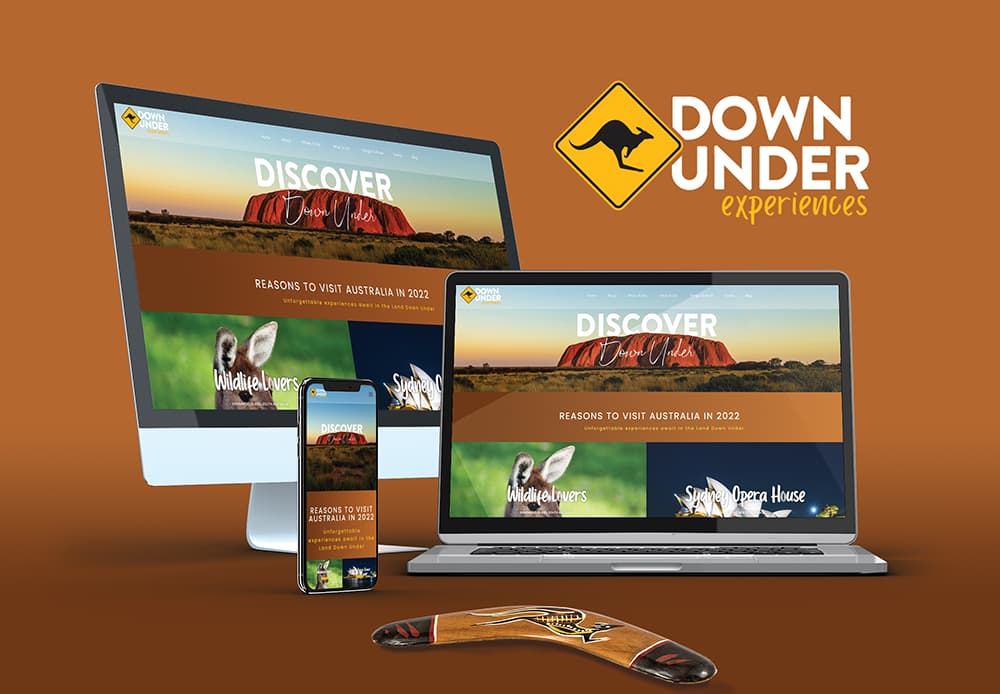Important Tips for Crafting High-Impact Website Layouts
In the world of digital advertising, the layout of a website serves as an essential touchpoint for engaging prospective customers. To develop high-impact website designs, one need to take into consideration important aspects such as target market understanding, customer experience, and aesthetic hierarchy.
Understand Your Audience
Comprehending your target market is basic to effective site style. An internet site that resonates with its visitors is frequently the outcome of detailed study and understandings right into customer choices, demographics, and actions. Determining target individuals enables designers to tailor content, visuals, and functionalities that meet their specific needs, enhancing interaction and fulfillment.
To successfully comprehend your audience, begin by conducting group evaluations to gather data on age, sex, area, and passions. This info serves as a foundation for developing individual identities, which represent the key features of your target market. These identities guide decision-making in layout aspects and material strategy, ensuring placement with individual expectations.
In addition, examining user actions with tools like Google Analytics can disclose exactly how visitors connect with your website. Metrics such as bounce rates and time on web page can highlight areas that need renovation or modification. Customer surveys and feedback additionally offer important understandings into choices and pain factors.
Eventually, a deep understanding of your audience is not simply advantageous but necessary. It equips developers to produce even more appropriate, appealing, and useful web sites that foster a favorable individual experience and drive desired results.
Prioritize User Experience
When developing a website, prioritizing customer experience (UX) is critical to attaining both individual contentment and company purposes. A well-crafted UX ensures that visitors can browse the website effortlessly, discover the info they need, and involve with content successfully. To accomplish this, it is important to take on a user-centered design method that includes understanding customer requires, preferences, and behaviors.
Begin by carrying out thorough research, including individual studies and use screening, to collect understandings into how users communicate with your website. This information must educate layout choices, guaranteeing that functions and designs line up with individual assumptions. Structured navigating is necessary; site visitors must have the ability to find info swiftly without unneeded clicks or confusion.

Lastly, guarantee that your web site is obtainable to all customers, consisting of those with disabilities. Abiding by ease of access requirements not just expands your target market however additionally cultivates inclusivity. By focusing on UX, you lay the structure for an effective internet site that fulfills both customer requires and service objectives.
Embrace Visual Power Structure
A well-structured aesthetic power structure plays a considerable function in improving individual experience by assisting visitors' attention to the most important elements of an internet site. By purposefully preparing web content, developers can produce a clear path for users to adhere to, guaranteeing they involve with vital details effectively.

Furthermore, the placement of elements on the page is crucial. Leading the viewer's gaze via the format can be read this post here attained by placing vital info on top or in the center, where customers commonly begin their visual journey. Including whitespace around components can likewise improve clarity, making it easier for customers to refine information without feeling bewildered.
Last but not least, using typography properly contributes to visual power structure. Various font designs, weights, and sizes can represent value, directing customers with the content flawlessly. By accepting these principles, developers can create an instinctive experience that fosters involvement and motivates customers to check out further.
Maximize for Mobile
Mobile optimization is vital in today's digital landscape, as a considerable portion of internet traffic comes from mobile devices. To make sure a seamless customer experience, sites have to be developed with mobile customers in mind. This involves using responsive website design techniques that adjust the layout, pictures, and message to fit various screen dimensions while maintaining performance and visual appeals.
First, focus on loading speed, as mobile customers often operate slower networks. Decrease and optimize images code to improve efficiency. Additionally, navigation must be instinctive; consider applying a streamlined food selection that enables easy access to necessary pages without frustrating customers.
Touch targets, such as buttons and links, should be appropriately sized, ensuring they are easily tappable without errors. Guarantee that forms are mobile-friendly by minimizing input areas and making use of dropdowns where relevant, enhancing the customer experience.
Last but not least, examination your site across various smart phones and web browsers to determine any problems that may influence use. By prioritizing mobile optimization, you not only boost individual fulfillment but likewise positively affect your website's internet search engine position, thus attracting even more visitors and enhancing total interaction.
Implement Strong Branding
Developing Related Site a identifiable and cohesive brand name is essential to establishing a solid on the internet visibility. A well-defined brand name not just differentiates you from competitors yet likewise cultivates count on and commitment among your target market. To execute solid branding, start by creating a clear brand identification that encapsulates your objective, worths, and vision - website design copyright. This identity needs to be shown regularly continue reading this throughout all digital touchpoints, including your web site, social networks, and e-mail communications.
Aesthetic components such as logos, shade schemes, and typography play an important role in branding. Choose a color scheme that reverberates with your target audience and reflects your brand name individuality. Guarantee that your logo is functional and plainly displayed on your site, improving brand name recognition.
Content is just as important; your tone of voice ought to line up with your brand name identification, whether it's specialist, pleasant, or authoritative. Engaging storytelling can even more strengthen your brand, producing a psychological link with customers.
Conclusion
In conclusion, crafting high-impact site designs demands a diverse method that encompasses recognizing the audience, prioritizing user experience, and welcoming aesthetic pecking order. By integrating these components, sites can effectively involve individuals, facilitate smooth navigating, and foster emotional links that enhance brand name identity.
To develop high-impact web site designs, one need to take into consideration crucial elements such as target market understanding, individual experience, and aesthetic pecking order.When making a web site, focusing on customer experience (UX) is critical to attaining both individual satisfaction and organization objectives.Begin by conducting complete research, consisting of user surveys and use testing, to collect understandings into exactly how customers communicate with your website. To guarantee a smooth customer experience, sites need to be designed with mobile individuals in mind.In verdict, crafting high-impact website layouts necessitates a multifaceted technique that encompasses comprehending the target market, focusing on customer experience, and embracing visual pecking order.
Comments on “Website Design in copyright: Building Mobile-Friendly Websites for Modern Audiences”